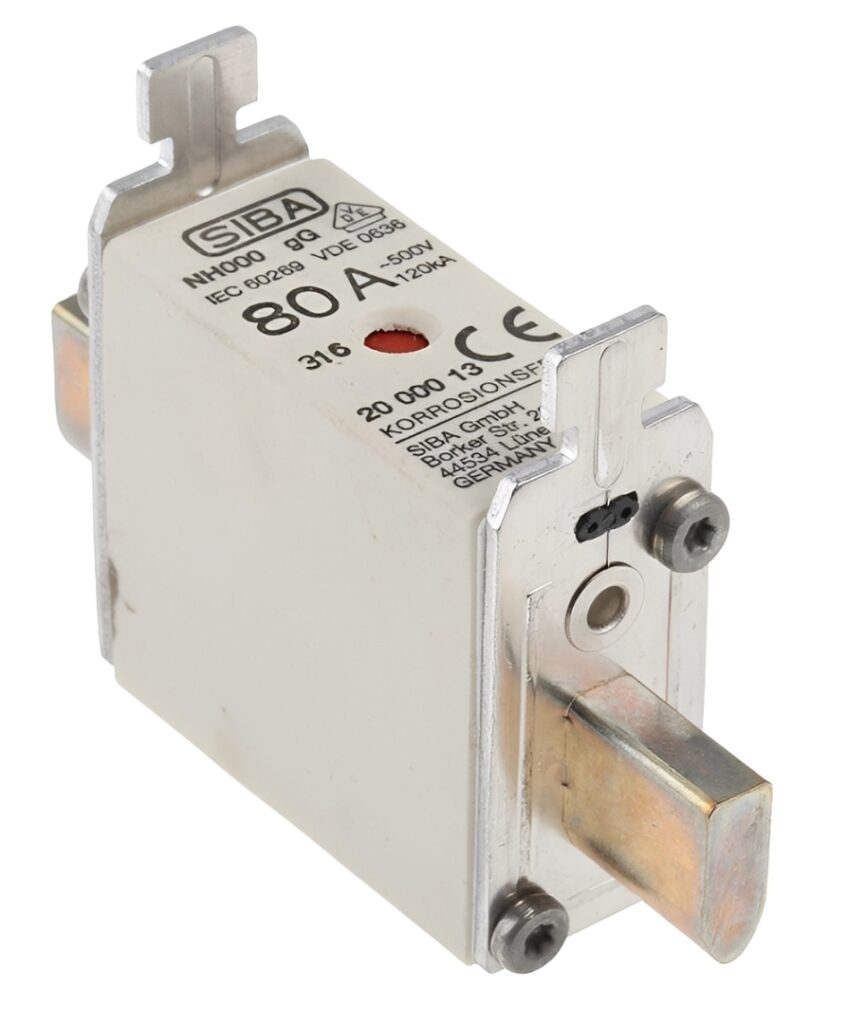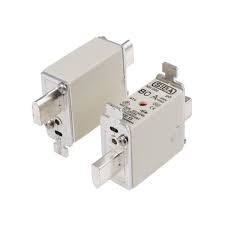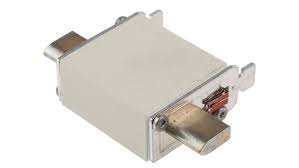
Introduction
A Centred Tag Fuse is a cartridge fuse with a metallic tag positioned at the center of each end cap for secure mounting and reliable current transfer. Because the tags sit centrally, the fuse aligns accurately in clips or bolted holders, improving contact pressure and reducing resistance. This geometry supports stable performance in electronics where cables, connectors, sensors, and switches must be protected from overcurrent faults.
Why choose a Centred Tag Fuse for electronics safety
Selecting a Centred Tag Fuse helps designers balance safety, footprint, and serviceability. The centered tags distribute mechanical stress evenly across the end caps, which supports consistent thermal behavior during fault clearing. As a result, assemblies that include microcontrollers, microprocessors, LEDs, and a capacitor on shared rails can enjoy predictable protection without nuisance trips.
- Maintains low contact resistance thanks to centered tag alignment
- Offers clear visual seating in clips for quicker inspections
- Supports stable thermal cycling in panels with varying loads
- Simplifies replacement using common tools and standard grips
How a Centred Tag Fuse works with switches and controllers
Inside the body, a calibrated element melts when current and heat exceed the fuse’s design threshold. The centered tags ensure firm conduction to adjacent hardware such as contactors, switches, and controllers. With lower interface resistance, less heat is wasted at the joints, which helps the element operate within its specified I²t profile.
- Time delay options protect inrush from motors and transformers
- Fast acting options protect delicate boards and sensors
- Voltage ratings must equal or exceed the circuit potential
- Current ratings reflect steady state load with suitable headroom
Key ratings and what they mean
Choosing the right Centred Tag Fuse starts with interpreting ratings and application duty.
- Current rating: continuous current the fuse carries in normal service
- Voltage rating: maximum open circuit voltage the fuse can safely interrupt
- Breaking capacity: fault current the fuse can clear without damage
- I²t values: let-through energy informing protection coordination
For electronics powered by adapters or laptops, fast acting types often guard microcontrollers, microprocessors, and LEDs from short circuits. For inductive loads governed by controllers and contactors, time delay types absorb startup surges without opening unnecessarily.

Materials, thermal behavior, and accessories
A fuse’s body and end caps influence temperature rise and longevity. The centered tags concentrate force at the electrical interface, so mechanical fit and companion hardware quality matter. Good practice is to pair fuses with holders that have spring pressure clips or bolted lugs rated for the same current and temperature classes.
- Use thermal pads or insulating spacers where panel hotspots are likely
- Keep oils or residues off end caps to avoid slip and poor contact
- Select grips that let a technician remove fuses without damaging tags
- Confirm ambient temperature corrections using manufacturer curves
Installation tips for cables and connectors
Correct installation prevents resistive heating and premature operation. The centered tag layout simplifies alignment with cables and connectors while maintaining low impedance.
- Clean contact surfaces before seating the fuse
- Torque bolts to the specified value when tags are clamped
- Route cables to minimize vibration on the fuse carrier
- Provide clearance for airflow and safe finger access during service
Coordination with sensors, contactors, and controllers
Proper coordination ensures the fuse opens before downstream devices sustain damage, yet after upstream protection has a chance to respond. Designers often coordinate with contactors, proximity sensors, and digital controllers that supervise machine states.
- Place the Centred Tag Fuse upstream of boards holding a capacitor bank
- Verify inrush profiles from power supplies feeding microcontrollers
- Check relay or contactor coil currents against fast acting thresholds
- Validate selective coordination with upstream breakers or fuses
Application examples across fuses and switches
Centred Tag Fuses appear in control cabinets, power distribution modules, and equipment that mixes logic and power. Typical placements include protection for auxiliary rails, sensor lines, and LED drivers.
- Low voltage DC rails for logic boards and controllers
- AC control circuits for contactors and pushbutton switches
- Separate branches for sensors and analog front ends
- LED lighting strings and small driver modules inside enclosures
Thermal management and service life
Heat is the silent enemy of reliable protection. Although a fuse is passive, its surrounding environment drives stability. Panel designers combine ventilation, thermal pads, and prudent spacing to keep elements within intended limits.
- Measure temperature rise at holders under full load
- Avoid bundling high load cables tightly around the carrier
- Inspect for discoloration that indicates contact resistance
- Replace fuses exhibiting signs of fatigue or loose tags
Selection checklist for a Centred Tag Fuse
When shortlisting parts, compare electrical, mechanical, and environmental needs. This structured approach keeps choices aligned with design objectives in electronics.
- Match current rating to load with an allowance for inrush
- Choose voltage rating appropriate for AC or DC topology
- Select breaking capacity to exceed maximum prospective fault current
- Decide on fast acting or time delay based on load characteristics
- Confirm body size, centered tag dimensions, and holder compatibility
- Review temperature re-rating for the equipment’s ambient range
- Verify compliance with relevant standards for safety and quality

Testing, documentation, and ongoing maintenance
Good documentation reduces downtime and improves repeatability. Technicians should keep records of fuse types and measured results across routine inspections.
- Label carriers with part codes and voltage ratings for quick checks
- Keep a log of replaced fuses with cause notes for trend analysis
- Use insulated tools with proper grips to remove seated units
- Perform downstream insulation and continuity tests after faults
Integrating with modern boards and laptops
Consumer-adjacent products and service tools often share power paths with sensitive electronics. Careful protection helps prevent cascading failures that can damage laptops or bench microcontrollers during development.
- Add fast acting fuses on bench harnesses connected to test boards
- Use inline Centred Tag Fuse carriers on temporary cables
- Protect LED prototypes and small drivers during validation
- Safeguard microprocessors and sensors on field wiring looms
Future ready considerations
As controllers and power stages grow more compact, the thermal profile inside small enclosures becomes tighter. The consistent clamping and stable resistance of centered tags help maintain predictable performance in dense layouts.
- Plan for derating as components age and ambient conditions shift
- Consider shock and vibration ratings for mobile equipment
- Evaluate spare stock to match production runs and service cycles
- Align fuse data with digital twins and maintenance schedules
Quick comparison with other fuse formats
Centred Tag Fuses are one option among many cartridge styles. Their standout feature is the centered tag interface that aids alignment and reliable pressure in clips or bolted holders.
- Better seating feedback compared with plain end caps
- Straightforward extraction using grips in tight spaces
- Wide availability across fast acting and time delay variants
- Simple visual confirmation of correct orientation
Conclusion
A Centred Tag Fuse delivers dependable overcurrent protection by combining precise element calibration with mechanically stable, centered tags. From small control circuits with sensors and LEDs to mixed power rails driving contactors and controllers, this format supports safe, serviceable, and thermally consistent designs. With correct ratings, careful installation, quality connectors, suitable cables, and routine inspection, the Centred Tag Fuse remains a solid choice for protecting modern electronics.
